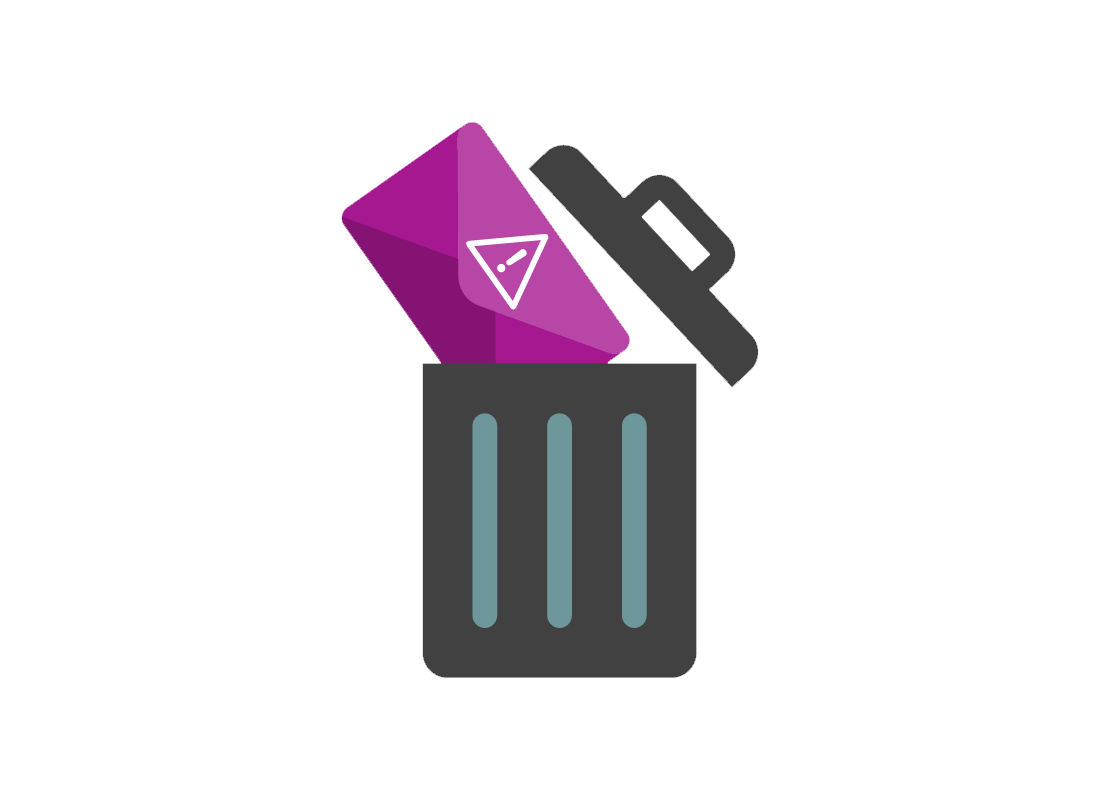Basic email safety tips
Basic email safety tips
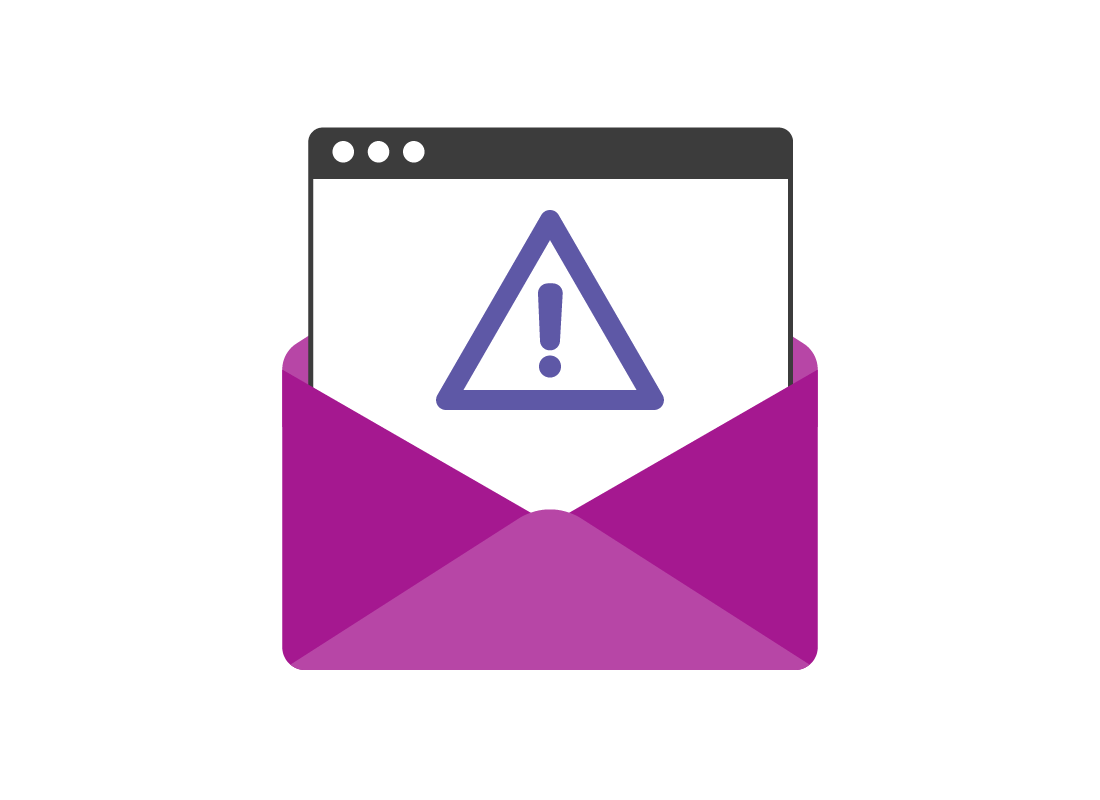
What's coming up?
In this activity you'll learn tips for staying safe while using email, and how to manage spam and junk email.
Start activityEmail is safe overall
Email is a mostly safe service because it doesn't give away your physical location, street address, or personal details except for your name. However, there are still some things to be aware of to use email safely.
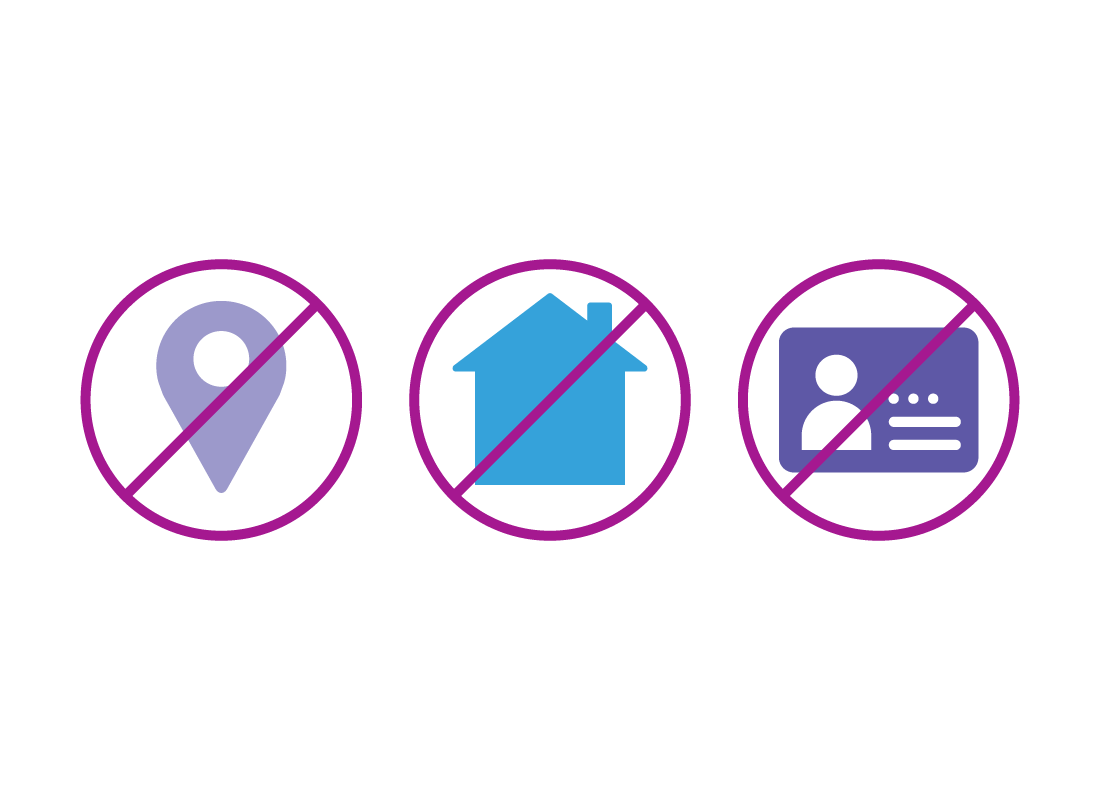
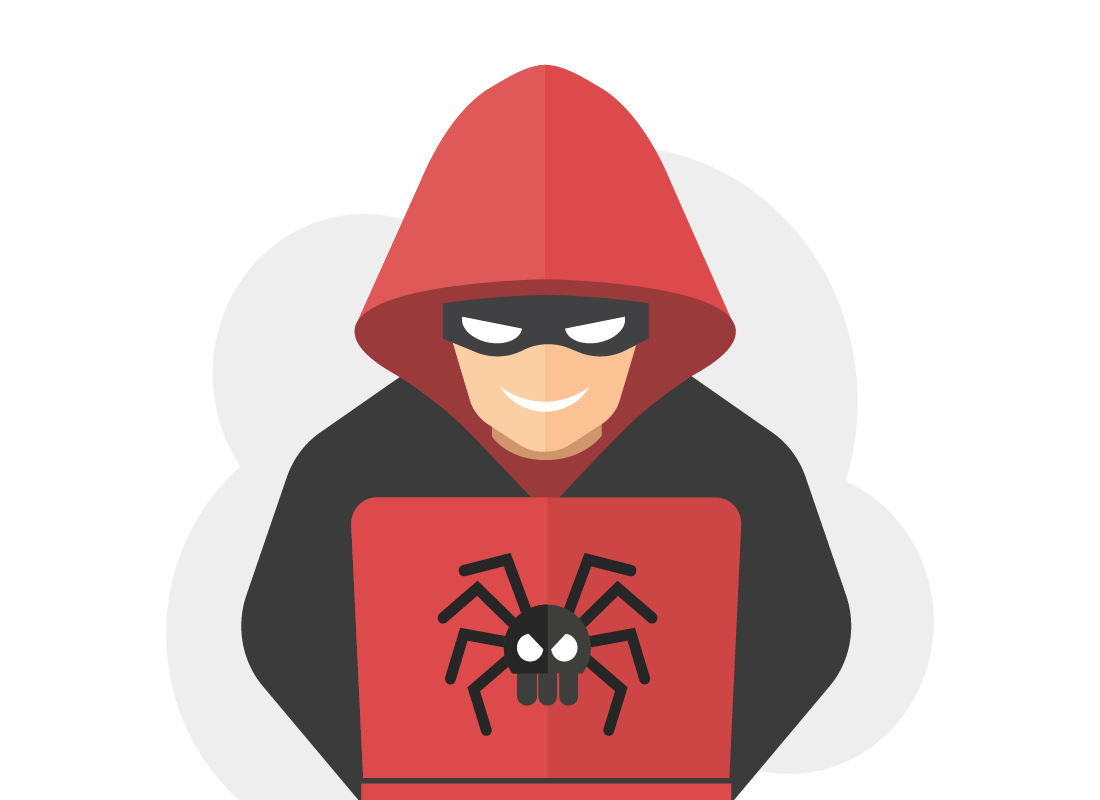
Email is targeted by scammers
Because email is free to send, that means spammers and hackers will send billions of emails a day looking for people to scam. These are sent randomly, and if you receive a scam email, it's just by chance.
We will look at email scams and how to avoid them in the last course in this topic.

eSafety tip
Spam is the term for an unwanted email, similar to unaddressed junk mail you receive in your letterbox.
Most spam is harmless, and your email service will sort known junk mail into a spam folder that you can ignore. All the same, it's safest to never open spam, and never forward it to anyone.
Delete suspicious email
You should just delete any email that seems suspicious in any way. For example, an email from a friend that feels out of character, such as asking you for money or to buy something on their behalf. Phone them to check suspicious messages and do not reply to the email.
You should also delete any email from a company, bank or government service that seems to be asking for your personal details or passwords. Reputable companies and all banks and government services will never do this.
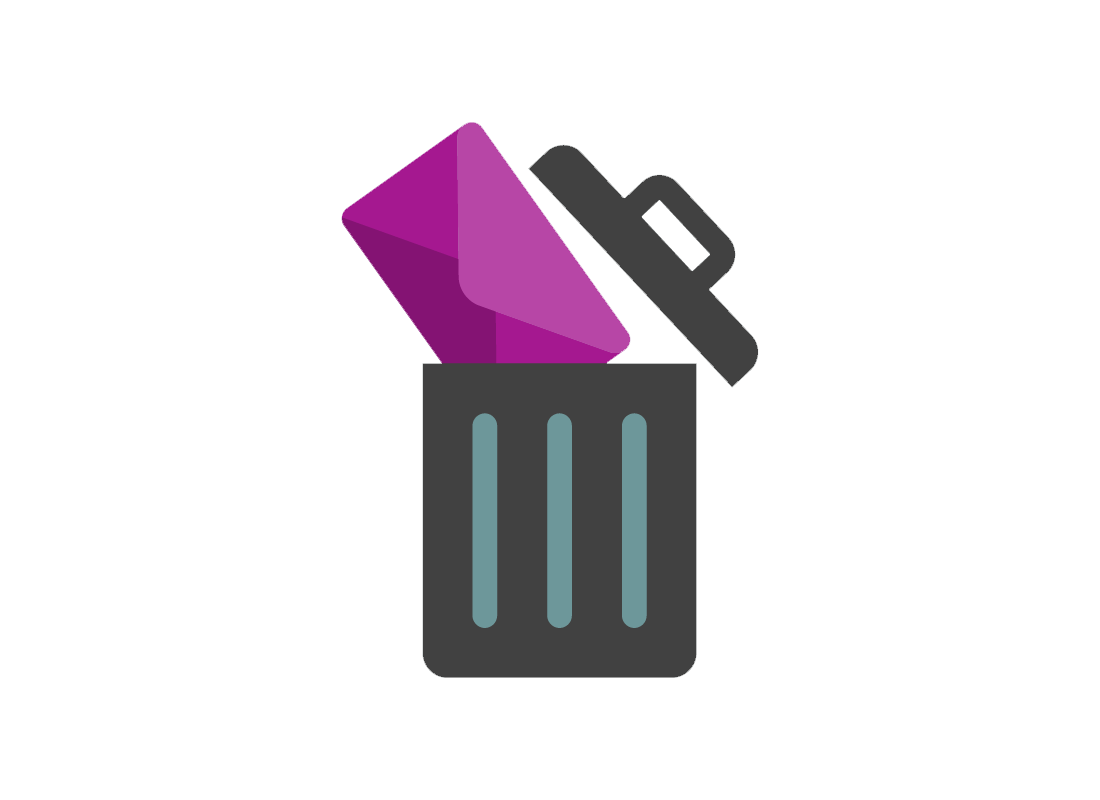

eSafety tip
Most web services will show you the content of an email automatically. This is okay and safe, as long as you don't download any attachment or click any link in the email.
Your web mail service will keep these secure unless you open them by clicking on them.

You can use a second email to limit spam
Since web mail services have a free version, you can set up as many email addresses as you like, and each will have its own Inbox.
It can be worth setting up a second email address with a made-up name, which you can use for online services such as shopping, deals, and other things that don't need any ID beyond an email address. This second email will probably get a lot of spam, but it won't matter since you can just ignore it.
Your email password is very important
Since your main email address will be your hub for online communications, it's very important to choose a unique and strong password.
You should never use this same password for any other web service, such as a supermarket site. These services are less secure, and if hackers obtain your supermarket password, then can try it on your email service too.
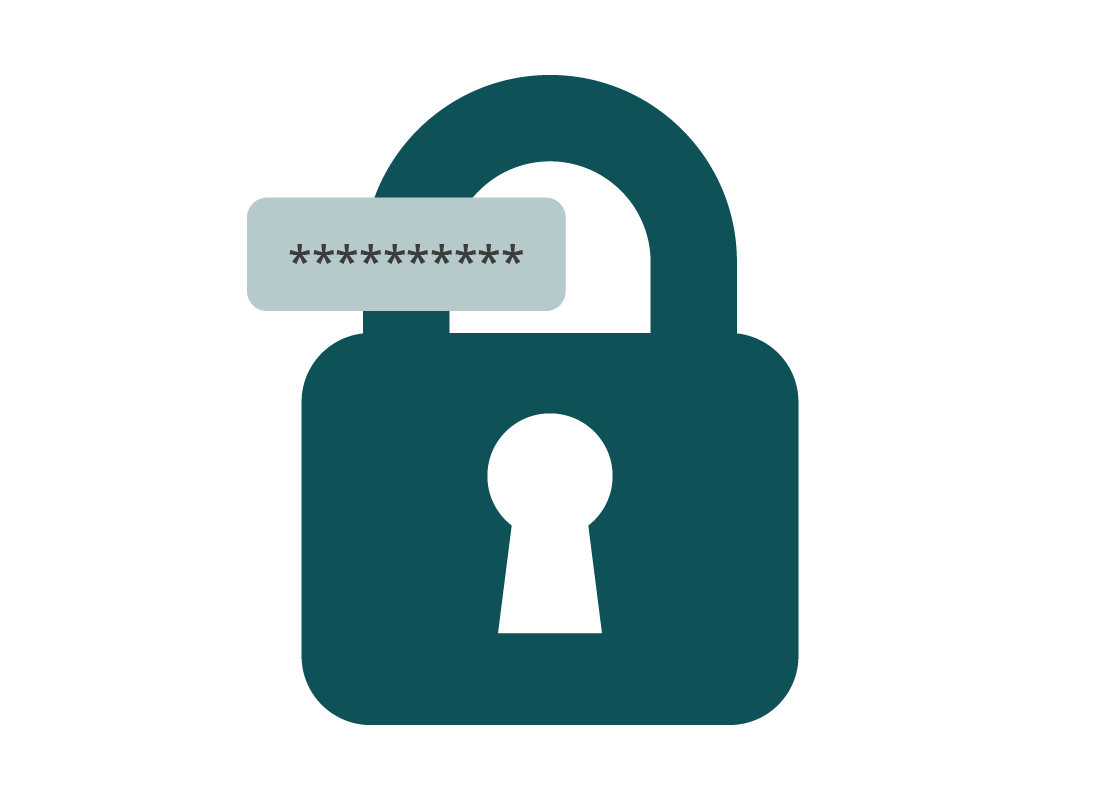

eSafety tip
As with all online accounts, your email address should use a strong password you don't use anywhere else. For added protection, change this password regularly, such as once or twice a year.
Using a password manager is a handy way to keep lots of passwords under control. You can find out more about password managers in our Managing passwords course.
Using the Unsubscribe button
Some email services now offer a smart Unsubscribe button at the top of an email for regularly received messages such as newsletters, catalogues, and similar communications.
If you click this Unsubscribe button, your email service will block further emails from the store or site that is sending them.
This button only appears after a website has sent you more than one email, so the first catalogue you receive might not show the button. You can just delete it and unsubscribe next time.

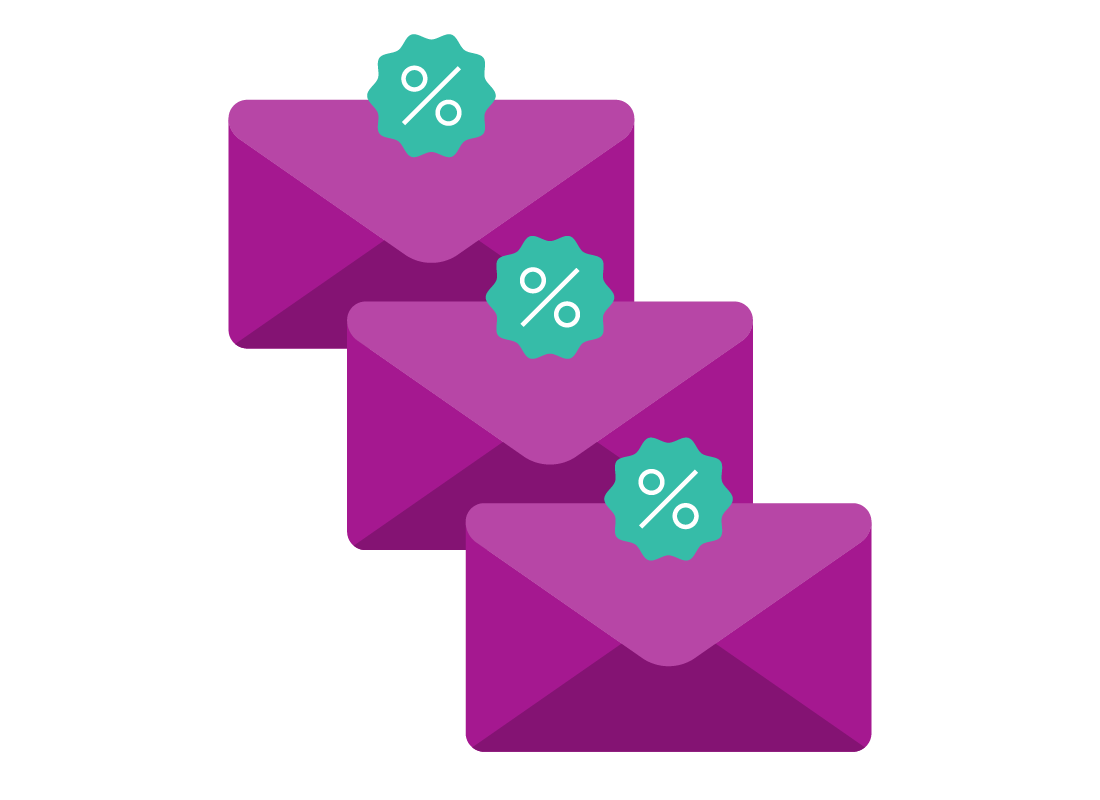
Businesses are required to let you unsubscribe
Spam is a big issue on the internet, and governments around the world have passed laws that require businesses to allow people to unsubscribe from email newsletters.
If you think you've unsubscribed, but continue to receive annoying, unwanted email, you can report it to the ACMA (Australian Communications and Media Authority). You can forward a copy of the spam to report@submit.spam.acma.gov.au.
Well done!
This is the end of the Basic email safety tips activity. You've learned about spam and what to do with it, the importance of a unique password for email, and that it's handy to have a second email address.
We have more email safety tips in our How to avoid common email scams course later in this topic, but for now, if you are a registered user, you can complete a short quiz to test your learning. If you are not registered, this is the end of the Introduction to email course.
